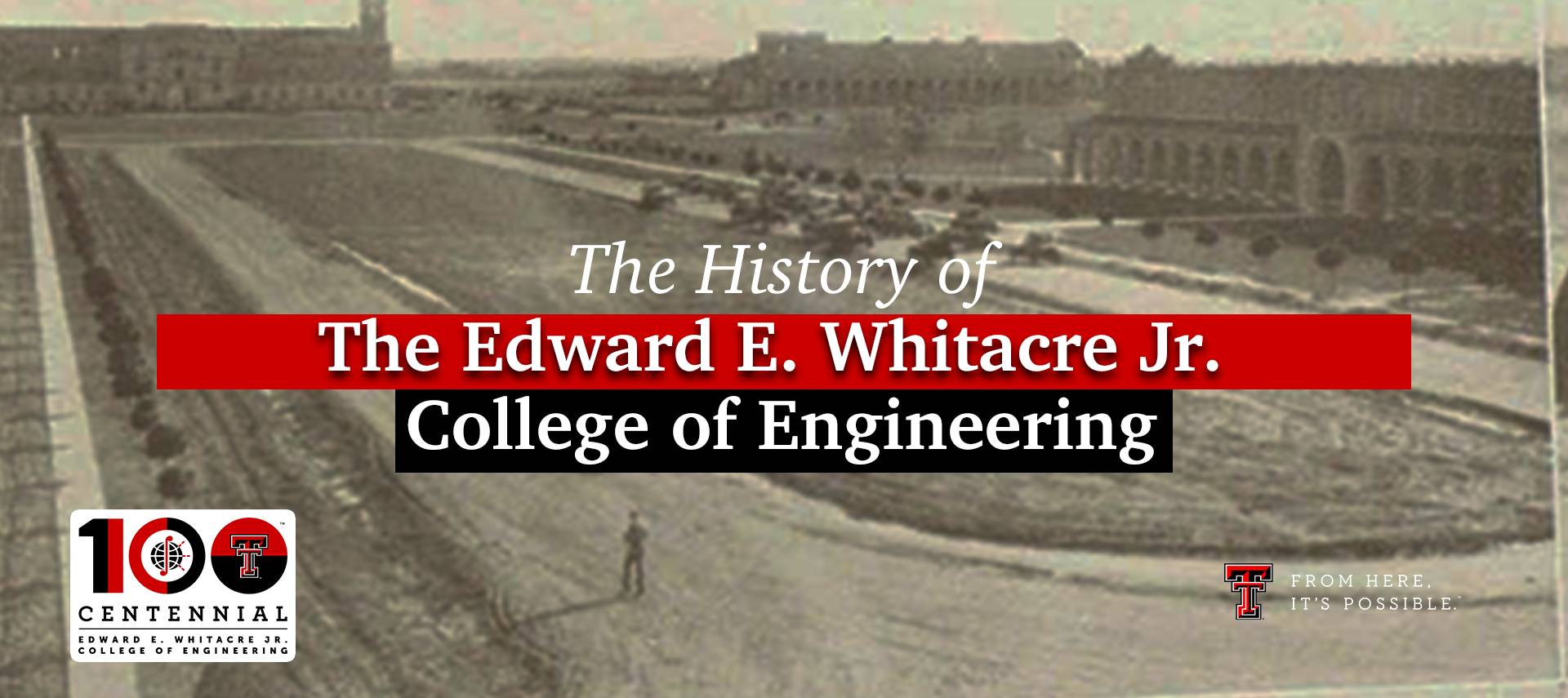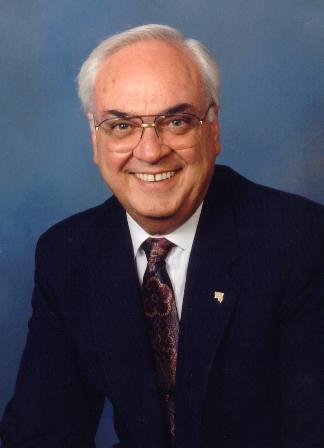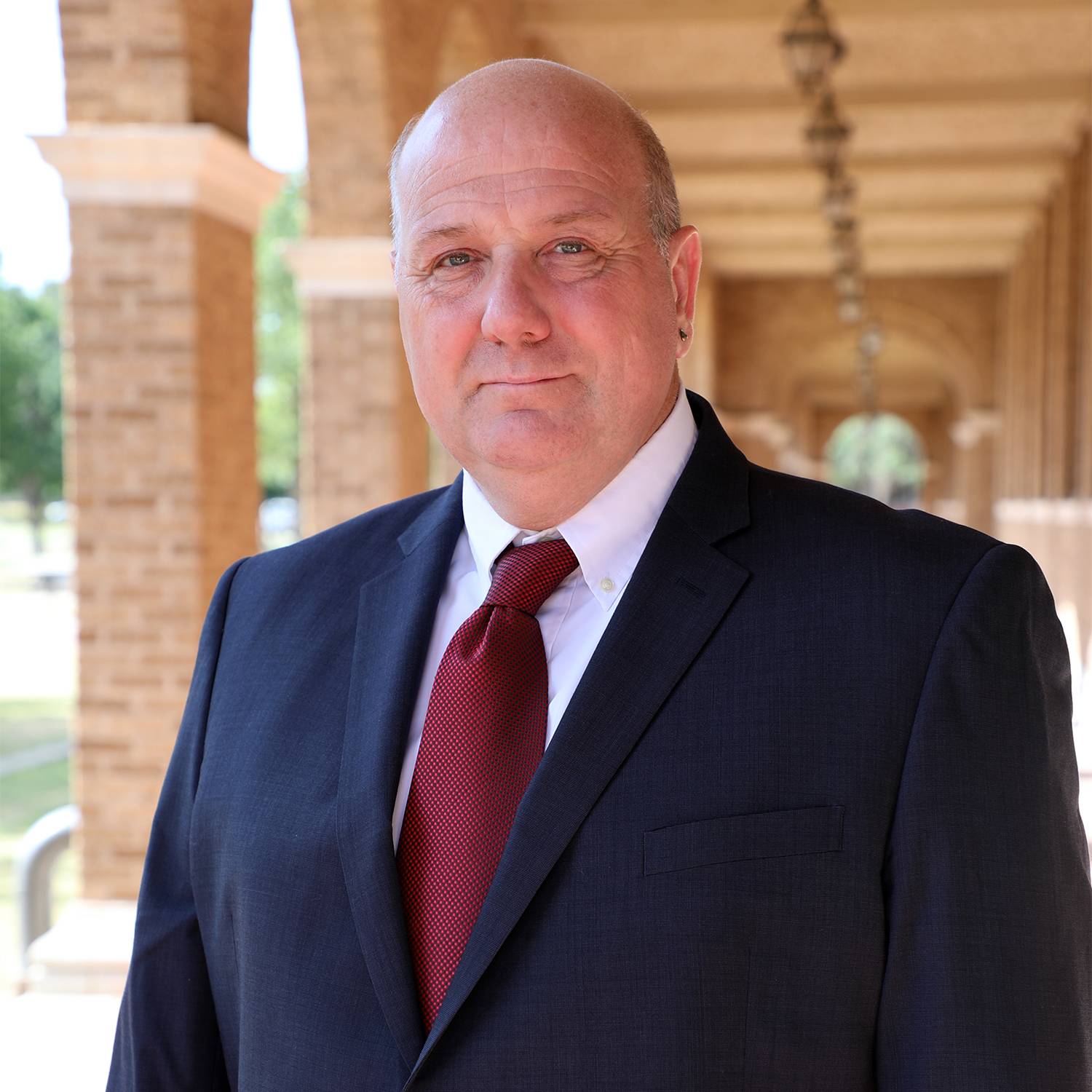
Click The Names Below To Jump To Their Active Years
Fall 1928
The Texas Technological College School of Engineering was established in the fall of 1925. It consisted of 313 students and two faculty members, Dean William J. Miller and Professor Edmond Weymond Camp, and all classes were held in the Textile Engineering Building, now known as the Mechanical Engineering Building.
1933
Dean Otto Vincent Adams was instrumental in preventing the transfer of the engineering and agriculture program to Texas A & M. Enrollment in engineering grew from 378 to 2,146, with an increase from 19 to 48 in staff. The Engineering Council for Professional Development accredited the civil, electrical, industrial, mechanical, and textile engineering curricula. Dean Adams made a commitment to help those men whom had to postpone their education to go to war, so they could finish their degrees and find work in the emerging industries.
Enrollment in textile engineering diminished as other disciplines increased in popularity.
Dean Holcomb transferred agricultural engineering studies from the School of Agriculture.
Dean Bradford set out goals for the school: Accreditation for all departments, development of graduate programs leading to Ph.D.s, and the establishment of a strong research program.
February 1958
The Institute of Science and Engineering (ISE) was established as a channel where gift funds and fees from research projects could replenish the growing research organization. The ISE provided state funds and money for a water resources study. Dean Bradford created the first interdisciplinary Ph.D. program in in the Southwestern U.S. Bradford's efforts led to an increase in quality faculty, the overhauling of the curricula, and the adoption of the core curriculum for freshmen and sophomores.
1969
The International Textile Symposium brought research funding and initiated the Textile Research Center. Arnold J. Gully became the associate dean for research and graduate studies. The college implemented his concept of collaborative research and created the following centers: Textile Research Center, Institute of Biotechnology, Institute for Environmental Technology, Institute for Systems Analysis, Institute for Energy Research Created, Other research endeavors fell under the aegis of the Institute for University Research, which was much broader in scope.
1999 - 2002
National Institute of Engineering Ethics (NIEE) as part of the Murdough Center for Engineering Professionalism is created. Growth of the Wind Science and Engineering Program under Dr. Kishor Mehta which evolved into the National Wind Institute Establishment of the masters and doctoral programs in the Department of Computer Science. Establishment of the National Wind Institute Research Facility at Reese Technology Center. Growth of the Online Engineering Distance Learning Program. The Department of Electrical Engineering changed its name to The Department of Electrical and Computer Engineering.
2008
The College of Engineering is renamed the Edward E. Whitacre Jr. College of Engineering in honor of Ed Whitacre's longstanding support of Texas Tech University. The J. F Maddox Foundation donates $7.5 million in honor of Donovan Maddox. Naming of the Bob L Herd Department of Petroleum Engineering (PE).
2011
Materials Characterization Center is created. The Terry Fuller Petroleum Research Building (TFPRB) is completed. Creation of the Maddox Engineering Research Center (MERC). The Department of Industrial, Manufacturing and Systems Engineering (IMSE) moved into and remodeled the old Petroleum Engineering building (PE). The Department of Mechanical Engineering (ME) expansion into old Industrial Engineering (IE) building. Center for Nanophotonics is created.
2019
COVID-19 Relief consortim was formed to fight the pandemic by ensuring mask effectiveness, producing testing supplies, building ventilator parts and making better tests. The consortium provided support by building capacity of 3D print masks, face shields, and ventilator valves, design transfer ventilators, aerosol chambers and masks, and explored efficient methods for medical equipment decontamination in the midst of limited resources.
2022
WCOE Career Fair sets record for largest participation by companies. NSF Engineering Research Center (ERC) Grant to form a Historic Partnership for Fertilizer Production. The Center for Advancing Sustainable and Distributed Fertilizer Production is a collaborative effort between the National Science Foundation and five institutions of higher learning.
Edward E. Whitacre Jr. College of Engineering
-
Address
100 Engineering Center Box 43103 Lubbock, Texas 79409-3103 -
Phone
806.742.3451 -
Email
webmaster.coe@ttu.edu















